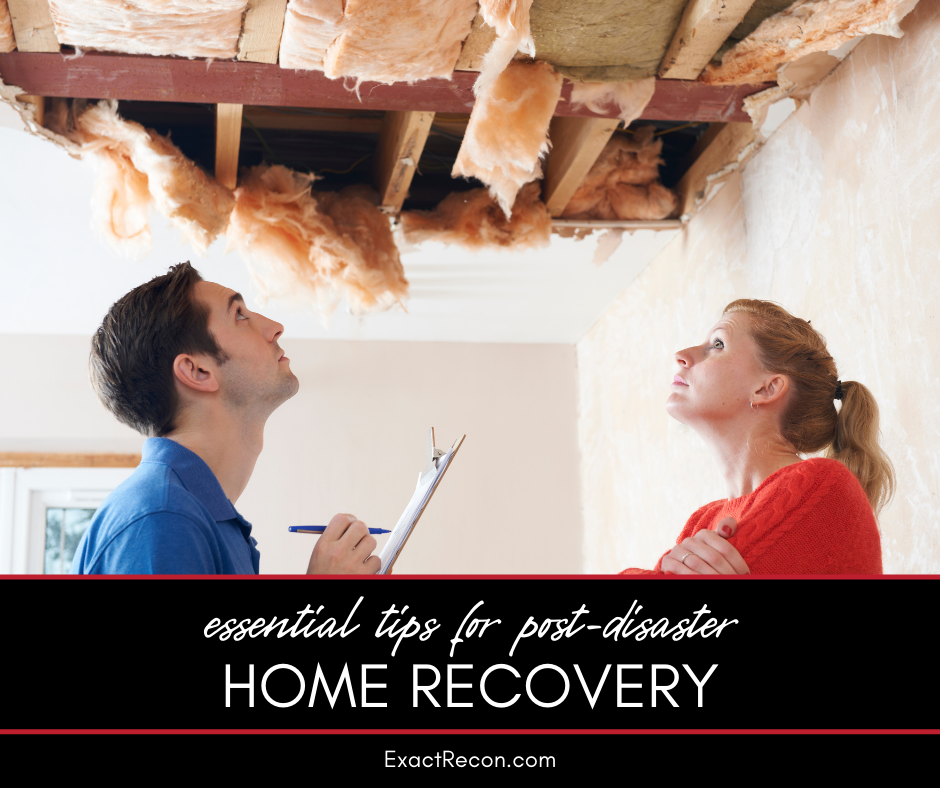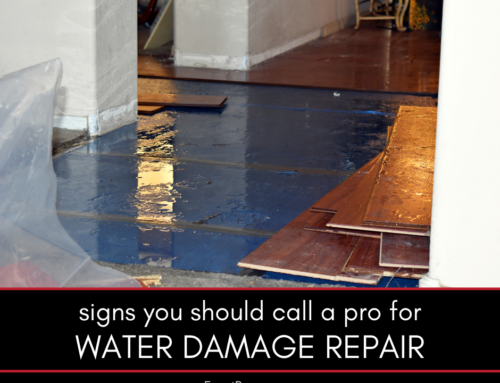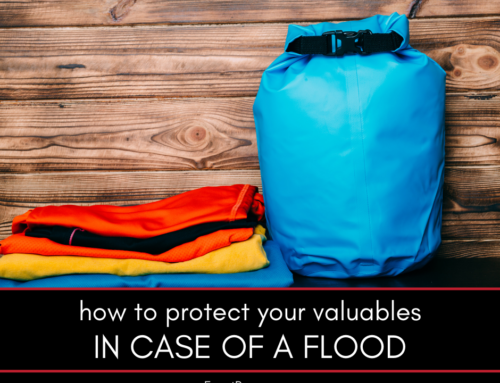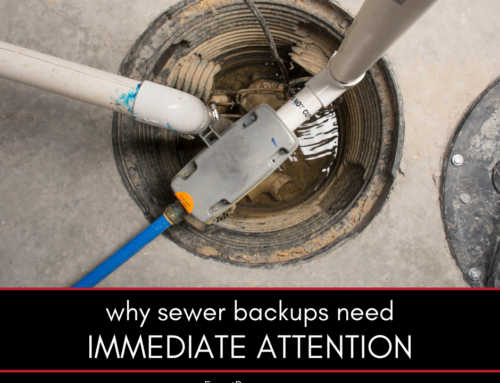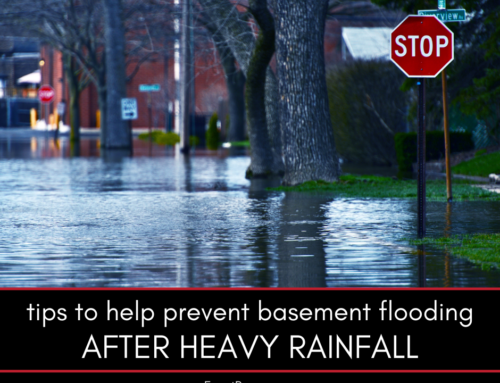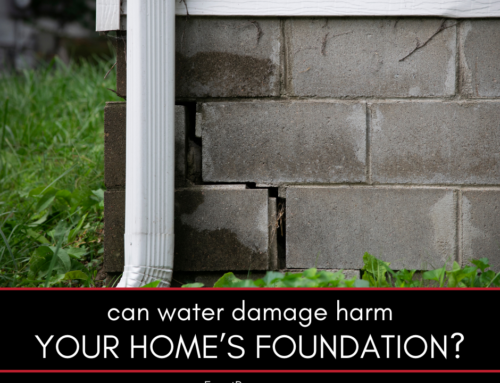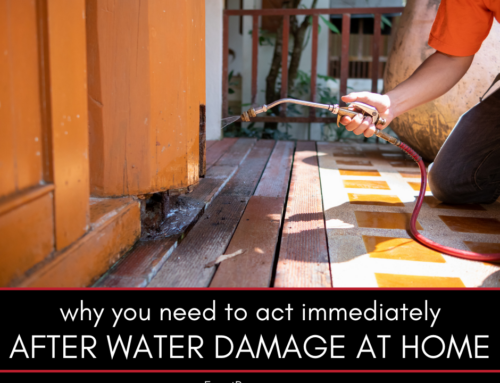Recovering from a disaster can be overwhelming, but taking the right steps can help you restore your home and regain a sense of normalcy. Understanding how to navigate the post-disaster recovery process is crucial for ensuring the safety and stability of your property.
Essential Tips for Post-Disaster Home Recovery
This guide provides essential tips for recovering your home after a disaster. It covers the following:
- Ensuring safety first
- Assessing and documenting damage
- Cleaning up debris and securing your property
- Addressing water damage
- Dealing with mold growth
- Restoring utilities and infrastructure
- Seeking professional help for restoration
- Taking care of your emotional well-being
Here’s a closer look at each.
Ensuring Safety First
The first and most important step in post-disaster home recovery is ensuring the safety of your family. Before returning to your home, wait for the official go-ahead from local authorities. Once you reenter, wear protective clothing, gloves, and masks to protect yourself from potential hazards like broken glass, sharp objects, and harmful substances. Avoid using electrical appliances and outlets if there’s standing water or significant damage to the electrical system. Check for gas leaks by smelling for gas or listening for a hissing sound, and if you suspect a leak, leave the area immediately and contact your utility company.
Related: Tips on protecting your home from disasters and other damage
Assessing and Documenting Damage
Once it is safe to enter your home, start by assessing the damage. Walk through each room and the exterior of your property to document any visible damage. Take clear photos and videos of all affected areas, including structural damage, water damage, broken windows, and damaged personal belongings. Make a detailed inventory of damaged items, noting their approximate value and purchase date. This documentation is crucial for insurance claims and for professionals to develop a restoration plan.
Related: How to make an insurance claim after a disaster
Cleaning Up Debris and Securing Your Property
Begin the cleanup process by removing debris from your home and yard. Clear out any damaged furniture, appliances, and personal items that cannot be salvaged. Be cautious of hazardous materials and dispose of them properly. Secure your property by boarding up broken windows and doors, and covering any holes in the roof with tarps to prevent further damage from the elements. This step helps protect your home from additional damage and unauthorized access.
Addressing Water Damage
Water damage is common after many types of disasters, such as floods, hurricanes, and firefighting efforts. Removing standing water and thoroughly drying affected areas is crucial to prevent mold growth and structural damage. Use pumps, wet/dry vacuums, and dehumidifiers to remove water and moisture from your home. Pay special attention to basements, crawl spaces, and other low-lying areas where water can accumulate. If the water damage is extensive, it’s essential to call a professional for water damage restoration.
Dealing With Mold Growth
Mold can begin to grow within 24 to 48 hours after water damage, posing significant health risks. Inspect your home for signs of mold growth, such as visible mold spots, musty odors, and water stains. If you find mold, it’s important to address it immediately. Small mold issues can sometimes be cleaned with household cleaners and protective gear, but extensive mold growth requires professional mold remediation. Professionals can safely and effectively remove mold and prevent future growth.
Restoring Utilities and Infrastructure
Restoring utilities and infrastructure is a critical step in the recovery process. Contact your utility companies to inspect and restore gas, electricity, and water services. Do not attempt to turn these services back on yourself if there is significant damage. Hire a licensed electrician and plumber to assess and repair any damage to your home’s electrical and plumbing systems. Ensuring that these systems are safe and operational is essential for your home’s habitability.
Seeking Professional Help for Restoration
Recovering from a disaster often requires professional help to ensure thorough and safe restoration. Professional disaster remediation services can handle various aspects of recovery, including water extraction, mold remediation, structural repairs, and more. Hiring professionals ensures that the work is done correctly, preventing future issues and providing peace of mind. They can also assist with navigating insurance claims and documentation, making the process smoother and more efficient.
Related: All about wind damage
Taking Care of Your Emotional Well-Being
Recovering from a disaster is not just about physical restoration; it also involves taking care of your emotional well-being. Experiencing a disaster can be traumatic, and it’s important to acknowledge and address your feelings. Talk to family members, friends, or a mental health professional about your experiences and emotions. Stay connected with your community and participate in support groups if available. Taking care of your emotional health is crucial for a successful recovery.
FAQ About Post-Disaster Home Recovery
Check out these commonly asked questions about post-disaster home recovery. If you don’t see your question here, please call our office and we’ll find you the answers you need.
How Soon Should I Start the Cleanup Process After a Disaster?
You should start the cleanup process as soon as it is safe to do so. Prompt action can prevent further damage and help begin the recovery process more quickly.
What Should I Do If I Find Structural Damage in My Home?
If you find structural damage, such as cracks in the foundation, walls, or ceilings, contact a professional for assessment and repair. Structural damage can compromise the safety of your home and requires expert attention.
Related: Black, gray and clean water: What you need to know
Can I Handle Water Damage Cleanup Myself?
For minor water damage, you can handle the cleanup yourself using pumps, wet/dry vacuums, and dehumidifiers. However, for extensive water damage, it is best to call a professional for thorough and safe water damage restoration.
How Do I Prevent Mold Growth After Water Damage?
To prevent mold growth, remove standing water and thoroughly dry affected areas within 24 to 48 hours. Use dehumidifiers and fans to reduce moisture levels. Regularly inspect for signs of mold and address any issues promptly.
Why Is Professional Disaster Remediation Important?
Professional disaster remediation is important because it ensures that all aspects of the recovery process are handled safely and thoroughly. Professionals have the expertise and equipment to address various types of damage, preventing future issues and ensuring your home is restored to its pre-disaster condition.
Do You Need a Disaster Remediation Expert in Washtenaw County or Jackson County?
If your home has already been damaged, we can help. Check out our services and call Exact Recon for your free disaster remediation quote today. We offer:
- Water damage restoration
- Fire damage restoration
- Mold removal and remediation
- Fire and smoke restoration
- Sewer cleanup and disinfecting
- Reconstruction
- Wind and storm damage repair

